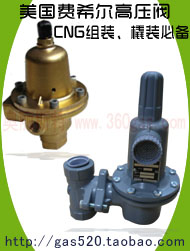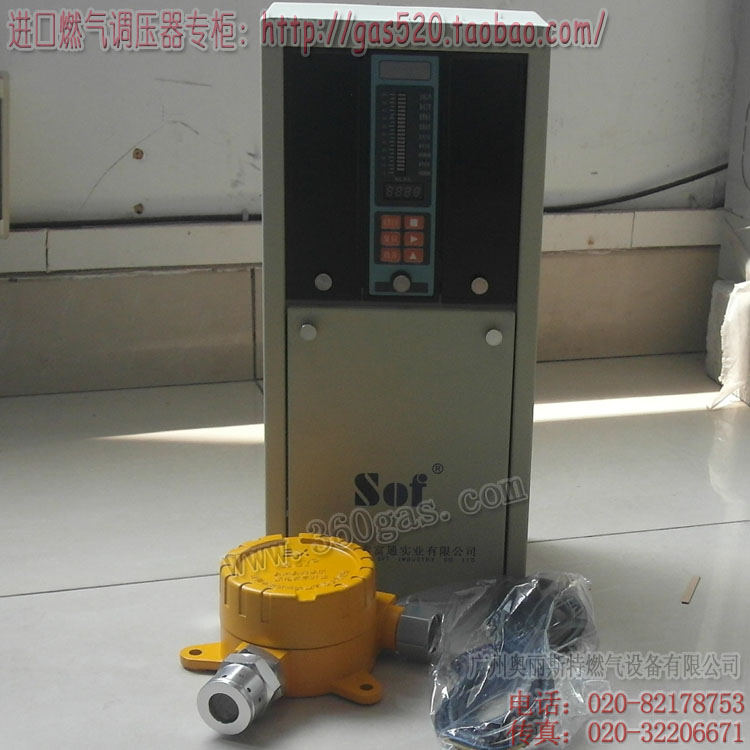位置:首页 > 燃气资讯 > Peru NGV Conversio
Peru NGV Conversions May Reach 20 Thousand for 2014
浏览次数 723 , 日期 2014-11-28 , 燃气设备 加入收藏
The Peruvian Service Stations Association (AGESP) has cited Infogas figures to show the NGV market has recovered significantly in 2014. 18,029 vehicles were converted to Compressed Natural Gas (CNG) from January to October. AGESP says that if this trend continues, more than 20,000 cars will have been converted to CNG by end of year.AX-50A自动切换式一体型调压器,伊藤自动切换阀,液化气调压器
One factor that has influenced the growth, AGESP says, is the spread of natural gas vehicles (NGV) to cities other than Lima and Callao, representing about 10% of conversions. From January to October 1,515 vehicles have been converted to CNG in Ica, Lambayeque, Piura and Ancash.
Although the national total of NGVs has grown, AGESP says the total still represents only a small proportion of the national fleet (all fuels) of nearly 3 million cars, of which Lima has 70% (i.e. more than 2 million vehicles), and has called for more to be done by the government to stimulate growth.
Most of the work being done to decentralise natural gas fuel supply is being carried out by the private sector using virtual pipeline methods. The potential for growth is evident but needs government measures to develop the market and generate consumption in the vehicle segment. AGESP explains that although CNG is the most widely used alternative fuel in other countries in the region, efforts need to be made in Peru to encourage and inform people about its economic and environmental benefits and address myths regarding its use. The Association trusts that the Government, through its administered COFIDE fund, will carry out the necessary information campaigns.
COFIDE, Peru’s finance development agency, set up a fund in 2005 to develop the natural gas vehicle market. The fund receives contributions from the registrations of cars converted to gas. The objective of this fund is to encourage and promote the use of CNG and safe systems for CNG fuel.
According to statistics published by the Peruvian NGV Association (CPGNV) there were 192,951 NGVs in Peru as at the end of October, up more than 13 percent over the end-2013 total of 170,526. For the same period the number of CNG filling stations has grown to 243, up 7% over EOY 2013 (227).
One factor that has influenced the growth, AGESP says, is the spread of natural gas vehicles (NGV) to cities other than Lima and Callao, representing about 10% of conversions. From January to October 1,515 vehicles have been converted to CNG in Ica, Lambayeque, Piura and Ancash.
Although the national total of NGVs has grown, AGESP says the total still represents only a small proportion of the national fleet (all fuels) of nearly 3 million cars, of which Lima has 70% (i.e. more than 2 million vehicles), and has called for more to be done by the government to stimulate growth.
Most of the work being done to decentralise natural gas fuel supply is being carried out by the private sector using virtual pipeline methods. The potential for growth is evident but needs government measures to develop the market and generate consumption in the vehicle segment. AGESP explains that although CNG is the most widely used alternative fuel in other countries in the region, efforts need to be made in Peru to encourage and inform people about its economic and environmental benefits and address myths regarding its use. The Association trusts that the Government, through its administered COFIDE fund, will carry out the necessary information campaigns.
COFIDE, Peru’s finance development agency, set up a fund in 2005 to develop the natural gas vehicle market. The fund receives contributions from the registrations of cars converted to gas. The objective of this fund is to encourage and promote the use of CNG and safe systems for CNG fuel.
According to statistics published by the Peruvian NGV Association (CPGNV) there were 192,951 NGVs in Peru as at the end of October, up more than 13 percent over the end-2013 total of 170,526. For the same period the number of CNG filling stations has grown to 243, up 7% over EOY 2013 (227).








